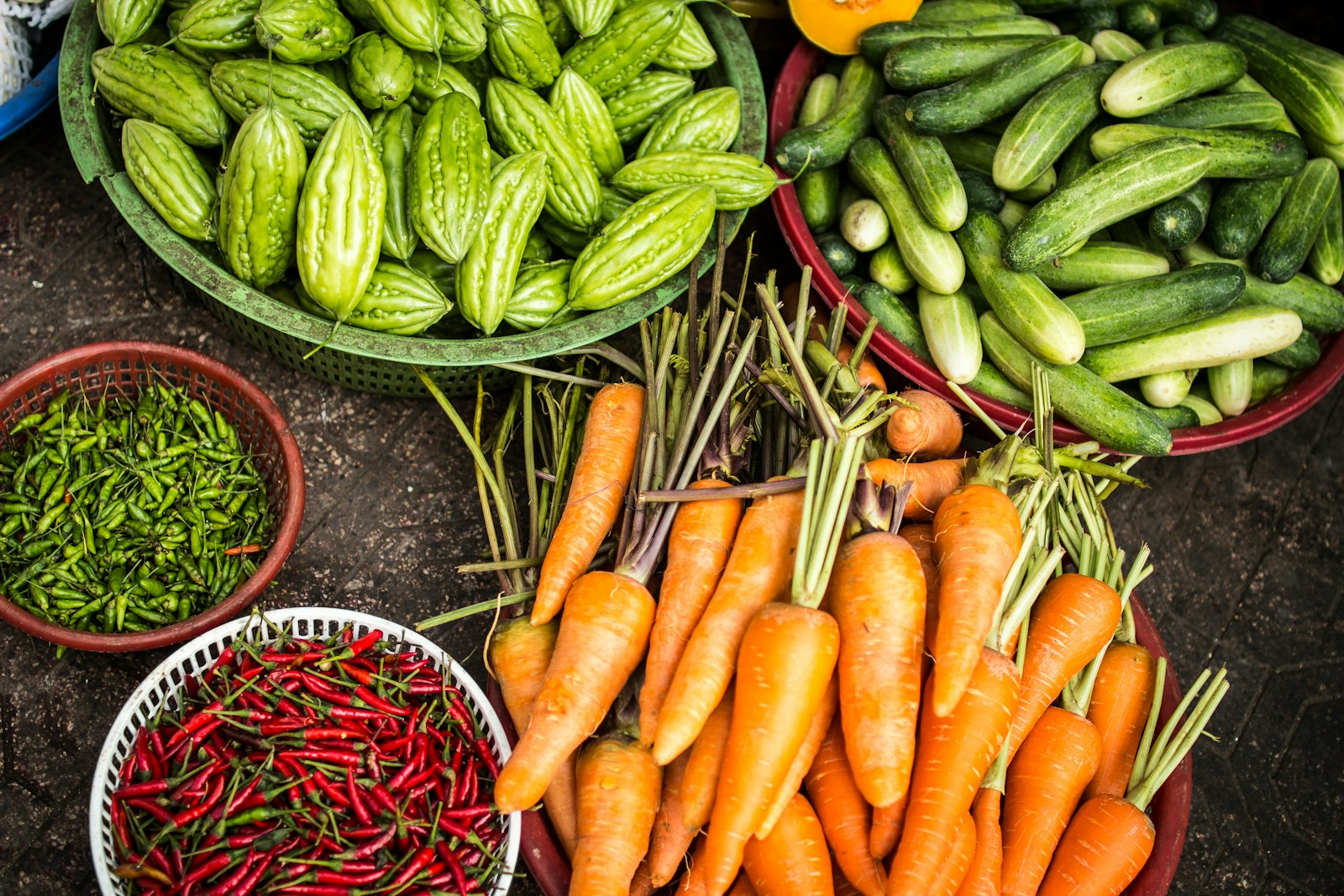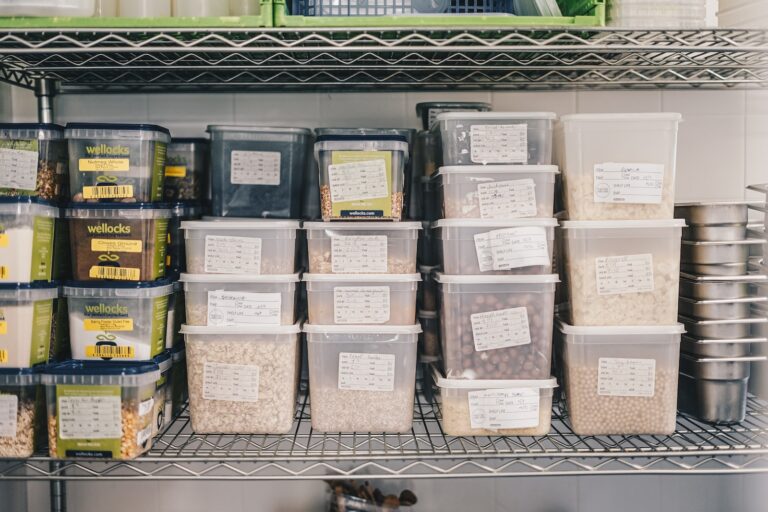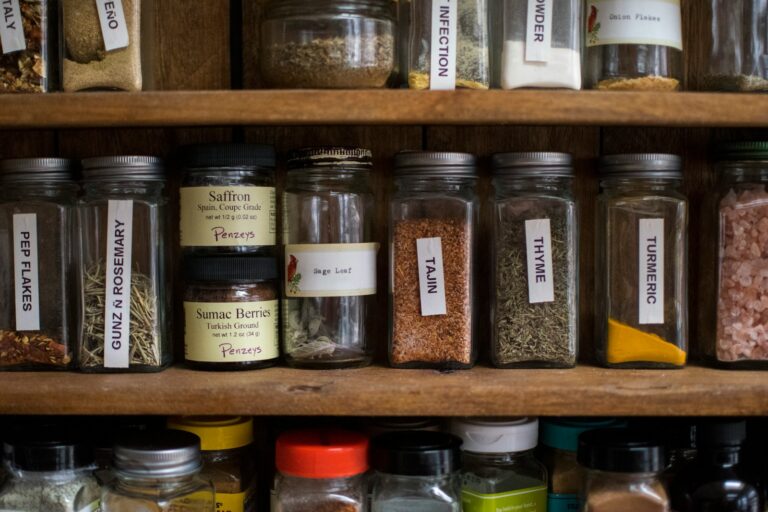Hey there! Looking for some tips on how to store and preserve your garden produce? Well, you’re in luck! In this article, I’ll be sharing some tried and true methods that I’ve personally used to keep my fruits and veggies fresh for longer.
From canning and freezing to drying and dehydrating, I’ve got you covered.
Plus, I’ll even throw in some creative ideas for using up any excess produce you may have.
Let’s get started!
Key Takeaways
- Thoroughly wash and dry garden produce before storing it in clean, airtight containers.
- Use canning techniques like pressure canning or water bath canning for long-term preservation.
- Vacuum sealing and blanching are effective methods for freezing garden produce.
- Drying and dehydrating with a food dehydrator can extend the shelf life of herbs and spices.
Proper Cleaning and Preparation
I’ll start by explaining the importance of washing and prepping your garden produce properly.
When it comes to food preservation, cleanliness is key. Before storing your fresh fruits and vegetables, it’s crucial to wash them thoroughly to remove any dirt, bacteria, or pesticides. This not only ensures the safety of your produce but also helps extend its shelf life.
After washing, make sure to dry your produce completely before storing it in appropriate storage containers. These containers should be clean, dry, and airtight to prevent spoilage and maintain freshness. Mason jars or plastic containers with tight-fitting lids are great options.
Canning Techniques for Long-Term Preservation
One popular method for long-term preservation of garden produce is canning. It’s a simple and effective way to store fruits, vegetables, and even meats. There are two main types of canning techniques: pressure canning and water bath canning.
- Pressure canning: This method is ideal for low-acid foods like vegetables, meat, and soups. The high pressure inside the canner ensures that harmful bacteria are destroyed, making it safe for long-term storage.
- Water bath canning: This technique is suitable for preserving high-acid foods like fruits, pickles, and jams. By submerging the jars in boiling water, the heat kills any bacteria and creates a vacuum seal, extending the shelf life of the food.
- Proper equipment: Use a pressure canner for pressure canning and a large stockpot for water bath canning.
- Sterilization: Clean and sterilize jars, lids, and utensils before use to prevent contamination.
- Follow recipes: Always follow tested recipes and processing times to ensure safe preservation.
Canning is a fantastic way to enjoy your garden produce all year round.
Freezing Methods to Maintain Freshness
I’ve found that freezing is a great way to maintain the freshness of garden produce.
One method I highly recommend is vacuum sealing. This technique removes all the air from the packaging, preventing freezer burn and extending the shelf life of fruits and vegetables. Vacuum sealing also helps to preserve the original texture and flavor of the produce.
Another important step in the freezing process is blanching. Blanching involves briefly immersing the produce in boiling water and then rapidly cooling it in ice water. This helps to kill any bacteria or enzymes that could cause spoilage. Blanching is especially beneficial for vegetables like broccoli, carrots, and peas.
Drying and Dehydrating for Extended Shelf Life
I can achieve an extended shelf life for my garden produce by drying and dehydrating it. This preservation technique is especially useful for herbs and spices, as it helps to retain their flavor and aroma. Using a food dehydrator offers several benefits when drying garden produce.
Here are some reasons why I find it helpful:
- Even drying: A food dehydrator ensures that the produce is dried evenly, preventing any moisture pockets that could lead to spoilage.
- Time-saving: With a dehydrator, I can dry multiple batches of garden produce at once, saving me time and effort.
- Energy-efficient: Compared to using an oven, a food dehydrator consumes less energy, making it a cost-effective option.
- Retains nutritional value: Drying preserves the nutrients in the produce, ensuring that I can enjoy healthy snacks all year round.
- Easy to use: Most food dehydrators come with adjustable temperature settings and timers, making the drying process hassle-free.
Creative Ways to Use Excess Garden Produce
To avoid waste and make the most of my garden produce, I like to experiment with different recipes and find creative ways to use the excess. Not only does this help me reduce food waste, but it also allows me to enjoy the fruits of my labor throughout the year.
One of my favorite sources of recipe inspiration is the internet, where I can find countless ideas for using specific fruits and vegetables. I also love sharing my excess produce with my neighbors, as it not only strengthens our community bonds but also ensures that nothing goes to waste.
Here’s a table that showcases some of my favorite recipes and ways to share garden produce:
| Recipe Inspiration | Sharing with Neighbors |
|---|---|
| Zucchini bread | Give away extra |
| Tomato sauce | Trade for other produce |
| Berry jam | Donate to food bank |
| Pickled cucumbers | Host a potluck |
| Salsa | Share at community garden harvest festival |







